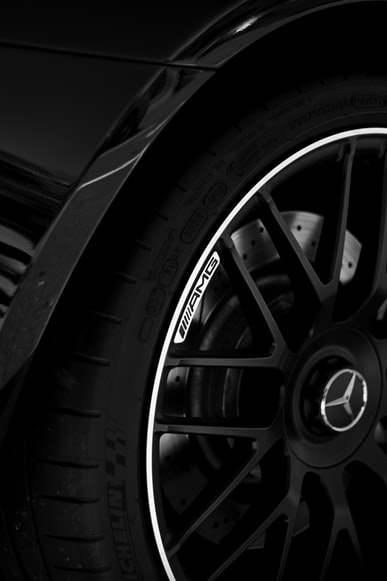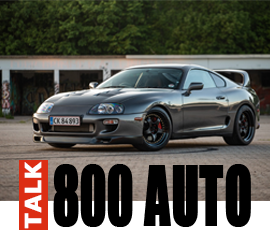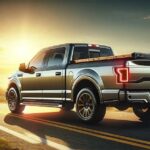Wheels are one of the most expressive components in car design. Whether for the circular shape, the large size or the usually silver colour that stands out in the middle of the tire’s pitch black, they are easy to see. As a result, they have become valuable resources with which to make any car model more beautiful regardless of its purpose. Nevertheless, time and practice have dictated that such prominence is a blessing and a curse.
Nowadays, choosing a wheel model for cars requires specifying its dimensions, such as diameter and width; understanding all the differences between the available materials (aluminium, steel etc.) and production processes; and only then start worrying about the design: colour, texture, spoke quantity, spoke style… In other words, choosing the right wheel model for your car has become a deliciously complex and varied task.
How can I start this procedure?
Mercedes tuning shops not only work exclusively with genuine parts but also offer detailed specific information about them and require customers to purchase appropriately. Each genuine wheel set is designed specifically for one or a small family, like all the body styles in which that car model is offered in the market. Such restriction is imposed for a reason: each car model has its own requirements from the wheel set it is going to use.
Performance cars are designed to withstand quick accelerations, high average speeds, and the subsequent mechanical stresses, so their wheels must use the finest materials available besides looking great. Urban cars may have similar requirements regarding style but have their priorities shift towards production cost. They use different materials because the cutting costs becomes a more intense necessity than performing well.
What’s the role of the material?
Keep in mind that the wheel creates mechanical resistance to place the car on the ground, so everything in it should be designed in a way to collaborate. When it comes to materials, we can talk about options such as steel, aluminium, or light alloys in general; and production methods such as cast and forgery. Over the years, the automotive industry has accumulated vast experience in many combinations of those variables.
Steel wheels, often nicknamed “steelies”, are cheap and durable but difficult to produce or to please the eyes. Cast-alloy wheels are much easier to produce, which paves the way for more complex designs, but are more expensive and may not be too resistant especially for sporty cars. AMG wheels are usually forged because that is the most elaborate type and, as a result, comes at the highest prices but offer the best mechanical performance.

What about dimensions?
From the customer’s point of view, there are three major variables in wheel dimensions. Width affects the area with which the tire effectively supports the car’s weight, so wider wheels make it more stable. Number of bolts increase maintenance cost but attach it to the axle more safely. Finally, diameter directly affects its appearance and forces the tire side to be shorter, which tends to make the ride less smooth.
In general, performance-oriented cars have the largest wheels: more stability, more impressive design, and more space for the necessary brake system. Entry-level cars use smaller wheels to cut costs and use the subsequent taller tires to become more comfortable for urban use. Naturally, every car model is developed with a specific range of wheel dimensions which is appropriate to its technical needs and market strategy.
What options are there for design?
The importance of the previous criteria makes them the priority in this analysis. We should worry about the options of wheel appearance only after complying with all that; at this time, it’s basically a matter of understanding some design concepts. With that, it’s possible to identify just the correct wheel set that can make your car look better than ever.
Few thick spokes give a strong and solid look while being minimalistic. Numerous thin spokes, like those of Maybach rims, are usually applied to luxury cars because they tend to be more elegant. Finally, detailed spokes with three-dimensional appearance and elaborate paint scheme and texture are reserved to cars for which appearance is a decisive factor for their target audience.
All those variables help explain why wheels are so important not only to the car’s appearance but also to its dynamic behaviour. While selecting the appropriate set for your car may seem a difficult task at first, you can always rely on Mercteil’s extensive catalogue of genuine wheels and other accessories. Feel free to browse through our numerous options and contact us to choose the best wheels to improve your Mercedes-Benz.











